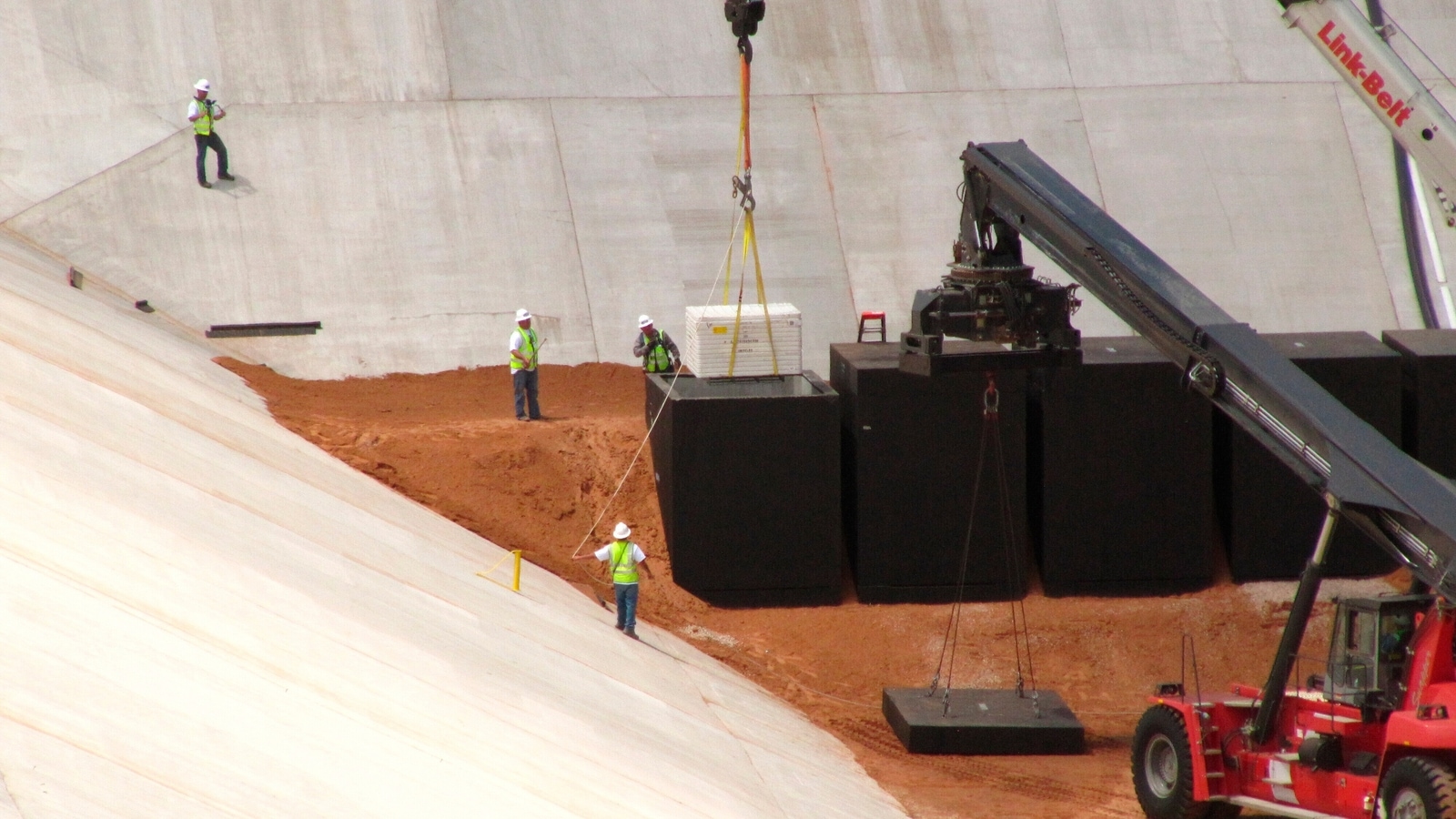[ad_1]
India battery swapping stations could confirm to be a design for other emerging markets struggling to fulfill their environmentally friendly guarantees.
It may well not have enough electrical motor vehicles, powerpacks or the money, but India has uncovered a way in direction of mass electrification: swap batteries. The answer, the place empty batteries can be exchanged for billed-up types, is however in nascent phases in China, the world’s greatest EV current market, where by it is anchored in robust governing administration plan. Elsewhere, it hasn’t really taken off. But for India, it could assistance leap-frog the nation’s bid to decrease transport emissions and improve its electrical footprint.
Across the Indian capital’s dense localities, battery swapping stations are turning into a regular web page at local provision merchants and smaller retail shops. In the meantime, the govt has pushed out an EV battery swapping policy draft in new months to bolster adoption and offer. It is also scouting internet sites together India’s emission-large highways for new stations for swapping and charging.
For the most component, ambitious Indian startups have pushed their way ahead. Sheru, a technology platform, allows electric autorickshaw motorists to swap batteries at retail retailers or fork out as they use them. It’s working with stakeholders throughout the vitality storage price chain. Meanwhile, Battery Sensible, which just raised $25 million in a funding spherical led by Tiger International, is concentrated on rapidly creating a swapping network and is doing work with domestic battery producers. Sun Mobility is partnering with Amazon India in the condition of Maharashtra — household to the money cash, Mumbai — to place swapping stations at its warehouses.
For now, it’s demonstrating promise mainly because the Indian auto current market is dominated by two and a few wheelers, building it simpler to cost and swap out the smaller sized powerpacks. It delivers down the prices of commute sharply for users while rising electrical power effectiveness. These lesser automobiles are also accountable for a sizeable share of the emissions. This way could demonstrate to be a model for other rising marketplaces across the earth struggling to meet their green promises.
The coverage draft, whilst a progressive phase, will want to be backed by point out governments and huge bucks to be adopted in scaled-down, denser and much more polluted next and 3rd tier towns. It’ll also need to get meatier on details on the varieties of batteries to maintain high quality, insurance policies for the safety of motorists and manufacturers, and delivering much better tax incentives for ever more pricey powerpacks. In addition, state enterprises need to have to get concerned, as they have in China.
The more time-term challenge for India will be whether or not it can use battery swapping for automobiles successfully when mass adoption reaches the four wheeler class.
Even the likes of Tesla Inc. have experimented with battery swapping. But Musk’s organization deserted the challenge immediately after setting up just just one battery station. Other tries include a Renault-Nissan alliance that had agreed to manufacture 100,000 EVs to the specifications of Superior Location, the now defunct venture cash-backed company that produced and bought battery charging and switching stations. The firm launched its initial station in Israel in 2011 and sooner or later filed for individual bankruptcy two many years later on mainly because it was high-priced and batteries required to be popular to generate utility.
In China, Nio Inc. has experienced to make substantial funds investments. As of the 1st quarter, the agency experienced set up over 960 battery swapping stations in 197 cities across the nation . But it’s continue to jogging running losses due to the fact of the mounting depreciation and fees. Nio expects losses related with swap stations to improve for now, executives noted on the most current earnings simply call.
That stands as a query — and a warning — for India when it eventually transitions battery swapping to 4-wheel automobiles. Battery swapping is properly obtaining New Delhi time to get its act together on broader decarbonization and cleanse energy era. In addition, as batteries get superior or the selection of chemistries in use change, charging occasions will drop and assortment will maximize. Over time, this could slow expansion for swapping.
Nevertheless, lithium ion batteries are proving to be in brief provide, and high-priced. Policymakers are by now looking to move on from the popular but high priced lithium ion variety, toward people that are designed from much more abundantly available components. For now while, there is enough to supply two and 3-wheelers.
If policymakers can push expense and money toward the startups pushing via swapping, the mounting recognition and utilization will assure customers are prepped for more electric powered autos in the future and hooked to the extended-term value efficiencies. With out that, India could drop a key possibility to go electric powered and get cleaner.
Anjani Trivedi is a Bloomberg Opinion columnist covering industrial organizations in Asia. Beforehand, she was a reporter for the Wall Road Journal.



